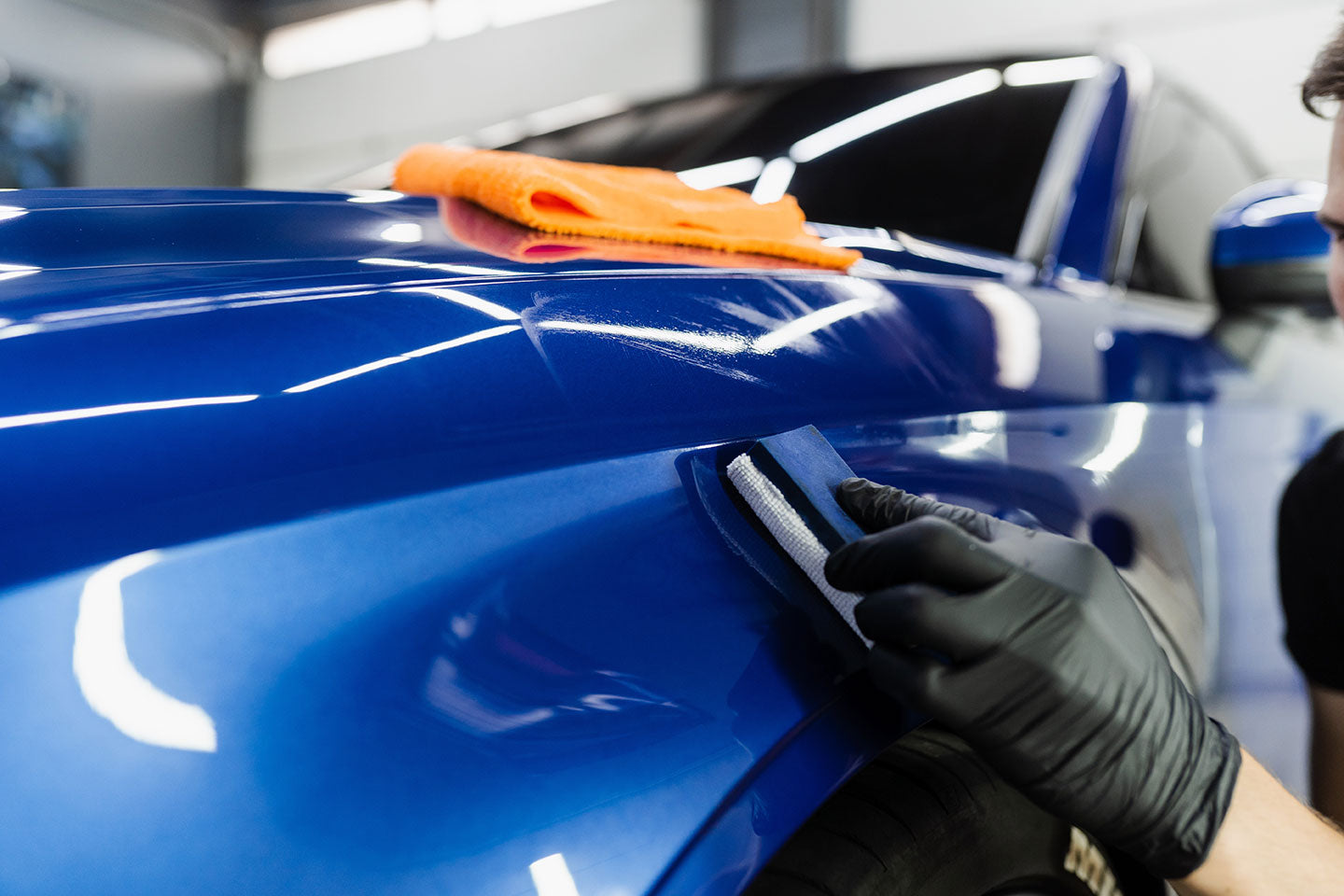Choose certified auto detailing for a precise interior and exterior cleaning.
Choose certified auto detailing for a precise interior and exterior cleaning.
Blog Article
A Comprehensive Guide to the Sorts Of Ceramic Finishing on the Market
Ceramic coatings have actually become a critical service across different industries because of their unique buildings and applications. From silica-based solutions known for their robustness to crossbreed options that combine multiple benefits, the options readily available can be overwhelming. Understanding the nuances of each type, including their details advantages and ideal use cases, is crucial for making notified choices. As we check out the unique qualities and applications of these coverings, the implications for performance and durability end up being progressively obvious, elevating concerns concerning which kind may best suit your needs.
Understanding Ceramic Coatings
Ceramic finishes are innovative protective services that have gotten popularity in various industries, specifically in auto and aerospace applications. These layers include a liquid polymer that, when treated, forms a durable, hydrophobic layer on the surface area of the substrate. This layer provides improved resistance to environmental pollutants, UV radiation, and chemical exposure, thereby prolonging the life and aesthetic appeal of the underlying material.
The essential part of ceramic finishes is silica, which contributes to their hardness and resilience. The application procedure usually entails surface prep work, application of the layer, and curing, which can be attained with warmth or UV light. When cured, ceramic coatings show phenomenal bonding homes, allowing them to stick strongly to a variety of surface areas, consisting of metals, plastics, and glass.
Along with their protective features, ceramic coverings also use convenience of upkeep. Their hydrophobic nature lowers the adherence of dirt and grime, making cleaning easier and less regular. In general, the fostering of ceramic layers stands for a considerable advancement in surface protection technology, providing both useful and visual benefits across multiple sectors.
Kinds Of Ceramic Coatings
Various kinds of ceramic layers are offered, each designed to satisfy certain performance demands and applications - Car Detailing. The most usual kinds consist of:
Silica-based Coatings: These finishes mostly are composed of silicon dioxide and are recognized for their durability and chemical resistance. They are commonly used in automobile and industrial applications.
Titanium Dioxide Coatings: Prominent for their photocatalytic properties, titanium dioxide finishes are usually used in environments where self-cleaning and antifungal residential or commercial properties are desirable, such as in building products and auto surfaces.
Zirconia Coatings: Defined by their high-temperature security and thermal resistance, zirconia coatings are used in applications such as generator engines and high-performance automobile components.
Alumina Coatings: Displaying exceptional firmness and thermal security, alumina coatings are frequently utilized in wear-resistant applications, including reducing devices and commercial equipment. - scratch repair sarasota
Hybrid Coatings: Incorporating the buildings of various materials, crossbreed coverings offer boosted efficiency attributes, making them suitable for one-of-a-kind and demanding applications.
Each type of ceramic finishing serves unique functions, permitting users to pick the most ideal service based on certain environmental problems and efficiency demands.
Benefits of Ceramic Coatings
Ceramic finishings, in particular, deal various advantages that anchor make them progressively popular amongst makers and consumers alike. These coatings are resistant to scrapes, chemicals, and UV rays, ensuring that the underlying surface remains secured over time.
In enhancement to resilience, ceramic coverings give exceptional hydrophobic homes, permitting easy cleansing and maintenance. This water-repellent nature decreases the adherence of dust, grime, and various other impurities, which can lengthen the visual appeal and functionality of the surface. In addition, ceramic finishings can dramatically improve thermal resistance, making them suitable for applications that sustain heats.

Application Refine
When using ceramic layers, a meticulous approach is necessary to accomplish ideal outcomes. The application process typically starts with extensive surface area prep work. This includes washing, decontaminating, and brightening the surface area to remove all pollutants, consisting of dirt, grease, and prior waxes or sealers. A tidy surface area makes certain appropriate adhesion of the finish.
When the surface area is prepped, the following step is to apply the ceramic finishing. The layer ought to be used in slim layers, as thicker applications can lead to unequal coatings.
After application, the layer requires a details treating time, commonly ranging from a few hours to a complete day, depending on the item. Adhering to these actions faithfully will make the most of the performance and long life of the ceramic coating, supplying a sturdy safety layer for the surface.
Maintenance and Durability
To make sure the long life and performance of a ceramic finish, regular upkeep is vital. Ceramic finishings, understood for their resilience and safety high qualities, call for specific care regimens to optimize their lifespan and efficiency.
In enhancement to regular cleaning, regular assessments are important. Try to find signs of wear or damages, such as hydrophobic homes decreasing or surface imperfections. If required, a light polish may be related to revitalize the layer without removing it away.
Moreover, the application of a booster spray can boost best site the coating's hydrophobic results and restore its gloss. This is especially helpful for finishes that have remained in usage for an extensive period. Eventually, by sticking to these maintenance techniques, one can substantially extend the life of a ceramic finish, making sure that it remains to provide optimal protection versus ecological variables and maintain the aesthetic appeal of the automobile.
Conclusion

Report this page